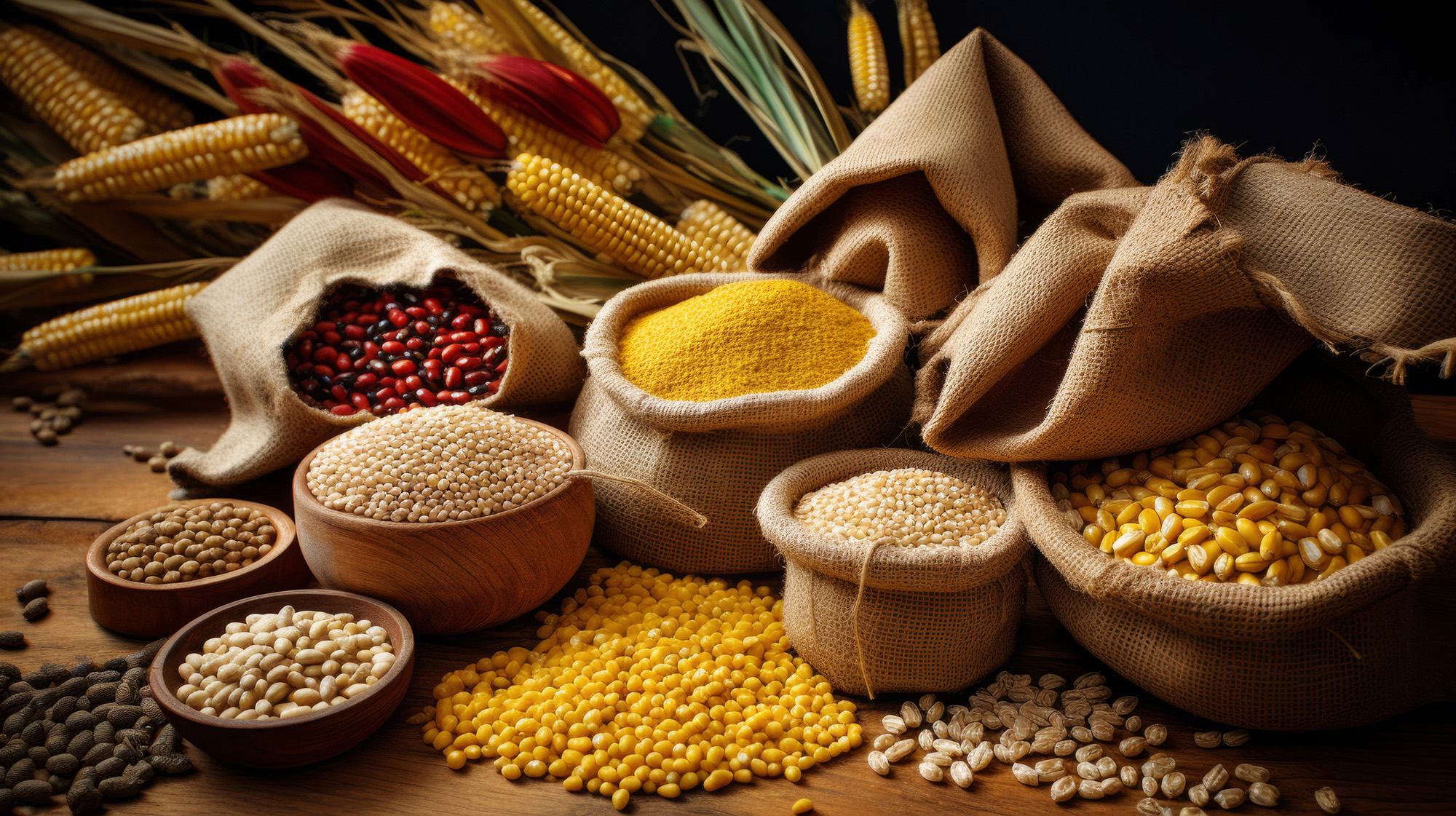Der HWWI-Rohstoffpreisindex bildet ab, wie sich die für hoch entwickelte Volkswirtschaften wichtigsten Rohstoffimportgüter preislich entwickeln und erleichtert somit einen Überblick über die neuesten Entwicklungen an den Rohstoffmärkten.
Hier können Sie ihre Daten gemäß ihrem Abo downloaden
Aufbau des HWWI-Rohstoffpreisindex
Neben dem Gesamtindex werden auch zahlreiche Subindizes veröffentlicht, so z.B. für Energierohstoffe, Industrierohstoffe oder Lebensmittel. Das Schaubild zeigt, welche Subindizes verfügbar sind. Zusätzlich werden auch noch Teilindizes für Holz & Zellstoff sowie für Textilien ausgewiesen.

Registrierung
für Datenangebote
Schon mit einer kostenfreien Registrierung
erhalten Sie Zugriff auf umfangreiche Downloadmöglichkeiten unserer Charts und Daten.
Login
für Abonnenten
Abomodelle
Mit den regelmäßigen Indexwerten stets gut informiert über die Entwicklungen am Rohstoffmarkt.

Monatliche Indexwerte
im Abonnement
Frequenz enthaltener HWWI Preisindizes:
| jährlich | quartalsweise | monatlich | täglich |
|---|---|---|---|
Preis: 1.500 EUR pro Jahr
Für den Abschluss dieses Abonnements oder diesbezüglicher Fragen, kontaktieren Sie uns bitte unter:
Tägliche Indexwerte
im Abonnement
Frequenz enthaltener HWWI Preisindizes:
| jährlich | quartalsweise | monatlich | täglich |
|---|---|---|---|
Preis: 3.000 EUR pro Jahr
Für den Abschluss dieses Abonnements oder diesbezüglicher Fragen, kontaktieren Sie uns bitte unter:

